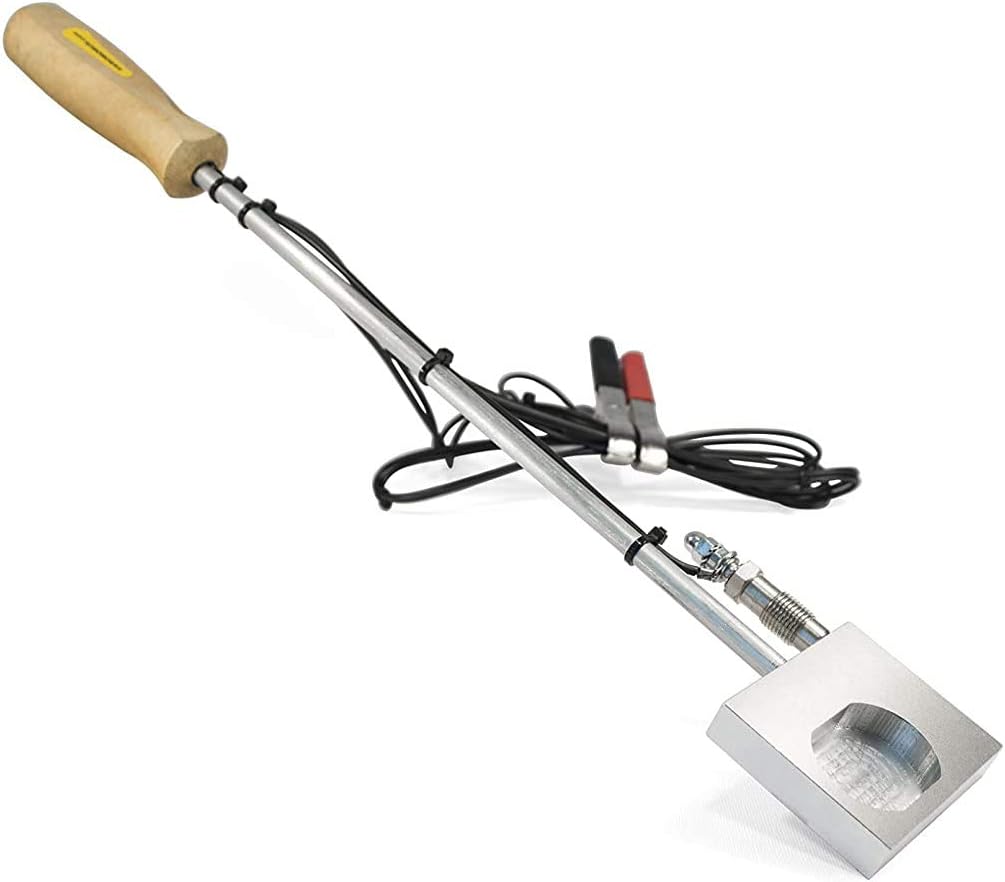Oxalic acid vaporization (OAV) is one of the most popular and effective methods for treating varroa mites—especially in broodless periods like late fall or early winter. It’s favored by hobbyists and commercial beekeepers alike because it’s cost-effective, fast, and gentle on the bees when used properly.
This post walks you through when to use OAV, how to do it safely, and what to expect after treatment.
What Is Oxalic Acid?
Oxalic acid is an organic compound naturally found in many plants (like rhubarb and spinach). When vaporized inside a beehive, it crystallizes on the bees’ bodies and hive surfaces, disrupting the mites’ ability to function and ultimately killing them.
It is considered a “soft” treatment—meaning it doesn’t contaminate honey, leave harmful residues, or have long-term effects on bee behavior when applied properly.
When Should You Use Vaporization?
OAV is most effective when there is minimal or no brood, but that doesn’t mean it’s only for winter use. Many beekeepers successfully use oxalic acid throughout the year in different scenarios.
Ideal application times include:
- During winter or late fall when the colony is naturally broodless
- Early spring as part of a multi-treatment cycle to knock back mites before buildup begins
- After receiving packages of bees, before brood rearing fully ramps up
- During dearth periods when colonies are lighter on brood
- After splits when the new colony contains mostly open brood and a newly mated queen
- Any time a break in the brood cycle allows for greater exposure to mites outside the cells
While oxalic acid does not penetrate capped brood, regular or repeated treatments can still help keep mite loads in check as brood emerges.
Equipment You’ll Need
- Oxalic acid (labeled for beekeeping use)
- A reliable vaporizer
- A 12V power source such as a deep cycle battery
- Protective nitrile or acid-resistant gloves
- A properly fitted NIOSH-rated respirator with acid gas cartridges
How to Apply It
- Prep your equipment: Ensure your vaporizer is clean, your power source is fully charged, and your oxalic acid dose is measured correctly (typically 1g-1.5g per brood chamber, not to exceed 4g per hive).
- Close off the hive entrance: Use a damp towel or foam plug to limit vapor escape.
- Insert the vaporizer: Place the pan inside the hive via entrance or use an externally mounted model.
- Start the timer: Activate the vaporizer and time your burn (2–3 minutes depending on the unit).
- Let it sit: After heating, leave the vapor in the hive for at least 10 more minutes before removing the towel and allowing bees to ventilate.
How Often Should You Treat?
- One treatment during a broodless period is often enough
- If brood is present, repeat the treatment 3 times, spaced 5–7 days apart, to catch mites emerging with newly hatched bees
What to Expect After Treatment
- You may notice dead mites on your bottom board within 24–48 hours
- Bees may beard temporarily due to the heat or smell
- The hive may become more active in ventilating the space right after application
These are all normal post-treatment responses.
Important Safety Notes
Oxalic acid vapor is extremely hazardous to inhale. Always use a properly fitted respirator with acid gas cartridges (NIOSH-approved) and never breathe near an active vaporizer.
Only use oxalic acid labeled for beekeeping. Don’t try to substitute with hardware store products.
Final Thoughts
OAV is an excellent option for reducing mite loads in winter, spring, or after any natural or induced break in the brood cycle. It’s affordable, quick, and easy to integrate into your IPM program—but it must be done with care and attention to timing and safety.
In upcoming posts, we’ll cover how to use the dribble method and oxalic acid pads as alternatives. What we have posted here is generic and not specific to one vaporizer brand or model. If you need help or guidance with a specific type of vaporizer, please let us know so that we can create more detailed guidance and instructions.
If you’re looking to go even deeper on the science behind varroa treatments and oxalic acid use, I highly recommend visiting Randy Oliver’s website at ScientificBeekeeping.com. Randy has performed extensive field research on these topics, and his site is a trusted, data-backed resource for both new and experienced beekeepers alike.
Want More Beekeeping Info?
Here is a video where I made a custom entrance reducer with hole to insert the stem of a vaporizer:
